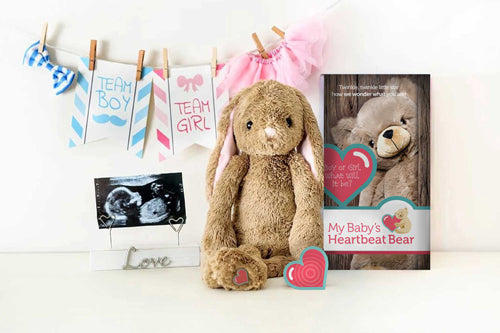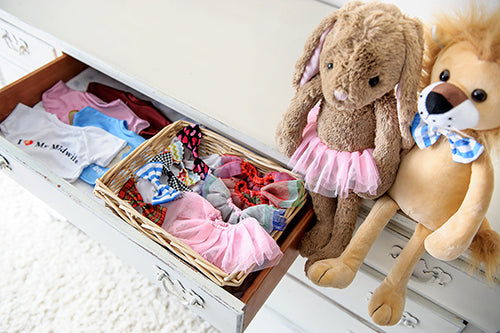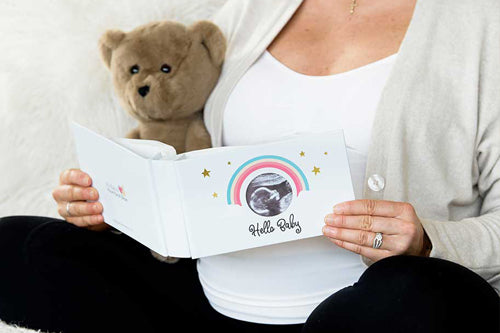Crib Mattresses: Most are Toxic

There is nothing more eye-opening than becoming a parent. The moment you find out that you are pregnant, it is as if you realize just how dangerous everything is that surrounds you.
That soap? Crap.
That packaged food? Poison.
The microwave? Toxic.
Suddenly, you throw yourself into learning about the healthiest, safest items possible. This little life you are growing will enter the world completely perfect, and you want to provide an environment full of safe items and positive experiences. There are enough uncontrollable toxins flying around to worry about, make sure that the things you bring into your home don’t add to the list.
One of the biggest fears most new parents experience is SIDS. It is terrifying because the cause is completely unknown. While keeping your baby in your room is highly recommended, one thing that is often not talked about is the quality of your baby’s mattress. Toxic chemicals are found in the materials used to make the most commonly sold crib mattresses (and all mattresses for that matter!). Did you ever even think that a mattress could be dangerous?
All crib mattresses have the same overall construction: the core, the padding, flame retardant material/chemicals, and a cover or “ticking,” which may also have chemicals added to make it waterproof. Crib mattresses range from those made almost entirely of petroleum–based products (petroleum = SCARY dangerous) to others made of natural fibers like wool or cotton.
According to Women’s Voices for the Earth:
- 72% of surveyed mattress models use one or more chemicals of concern identified in this report, such as antimony, vinyl, polyurethane, and other volatile organic compounds.
- 40% use vinyl coverings.
- 22% use proprietary formulas for waterproofers, flame retardants or antibacterials, keeping potential health impacts secret.
- 20% of surveyed mattresses offer some “green” components but do not take meaningful steps to ensure products are free of toxic chemicals.
Crib mattress may contain chemicals of concern in any of the four layers. For example:
- Some flame retardants are made with antimony, which is also a contaminant of polyester. Long-term inhalation of low levels is linked to eye irritation and heart and lung problems.
- Vinyl, used as a waterproof cover, relies on many toxic chemicals throughout its production, including cancer-causing chemicals, asthma triggers, and developmental toxins.
- Polyurethane foam, also appearing as “memory foam” or “soy foam,” is made with a potentially cancer-causing chemical, and may emit harmful “VOCs”—volatile organic compounds—in the home. VOC’s can also be found in synthetic latex foam. VOC’s can irritate eyes, nose and throat, cause headaches and some cause cancer.
- Companies that use proprietary chemicals, or refuse to disclose chemical use, make it impossible to determine potential health threats. In the absence of disclosure, assume they may cause harm.

What brand mattress should you go with?
The following companies have been noted to be safe and reliable (this is not an all-inclusive list):
- Vivetique
- White Lotus
- Naturepedic
- Land and Sky
- Natural Mat
- Organic Mattresses, Inc.
- Pure Rest
- Savvy Rest
- Shepherd’s Dream
- Sleeptek
- Soaring Heart Natural Bed Company
- Suite Sleep
Take the time to research before you purchase and air your mattress out for at least a week before using it!
Learn more about mattress chemicals and dangers:
Featured Articles
Holiday Hosting While Pregnant
A Heartfelt Holiday Keepsake: Recording a Pet’s Heartbeat
Make This Holiday Shopping Weekend Profitable




















